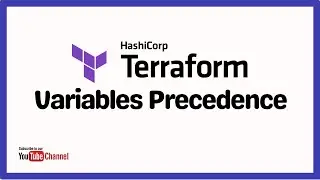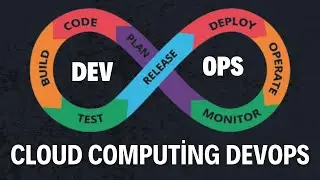Cloud Computing Glossary of Terminology
Here’s a glossary of key cloud computing terminology:
1. Cloud Computing
The delivery of computing services—including storage, servers, networking, databases, and software—over the internet ("the cloud") to offer faster innovation, flexible resources, and economies of scale.
2. Infrastructure as a Service (IaaS)
A cloud computing service model that provides virtualized computing resources such as servers, storage, and networking over the internet. Users manage the infrastructure but not the underlying hardware.
3. Platform as a Service (PaaS)
A cloud computing model where providers deliver a platform allowing customers to develop, run, and manage applications without the complexity of building and maintaining the infrastructure.
4. Software as a Service (SaaS)
A cloud service model where software applications are delivered over the internet. Users access the software via a web browser while the service provider manages the infrastructure, application, and maintenance.
5. Public Cloud
Cloud services provided by third-party providers over the public internet, available to anyone who wants to purchase or use them.
6. Private Cloud
Cloud computing services dedicated to a single organization, offering greater control over data and infrastructure. Private clouds can be hosted on-premises or by a third-party service provider.
7. Hybrid Cloud
A combination of public and private cloud environments that allows data and applications to be shared between them, offering greater flexibility and optimization of existing infrastructure.
8. Multi-Cloud
The use of multiple cloud computing services from different providers to avoid vendor lock-in and optimize performance and cost.
9. Virtualization
The process of creating a virtual (rather than physical) version of something, such as a server, a storage device, or a network resource. It allows for multiple virtual machines (VMs) to run on a single physical machine.
10. Containerization
A lightweight form of virtualization that packages an application and its dependencies into a "container" that can run on any computing environment, providing consistency across development, testing, and production.
11. Serverless Computing
A cloud computing model where the cloud provider automatically manages the infrastructure. Developers only need to worry about writing code, and the cloud provider handles server provisioning, scaling, and management.
12. Elasticity
The ability of a cloud system to dynamically increase or decrease resources as needed to meet demand without affecting performance or user experience.
13. Scalability
The capability of a cloud infrastructure to handle growing amounts of work or accommodate growth by adding resources.
14. Latency
The time delay between an action and its response, often referring to how quickly data can travel between the user and the cloud service.
15. Load Balancing
The process of distributing workloads across multiple servers or resources to optimize performance, increase reliability, and ensure no single server is overwhelmed.
16. Cloud Migration
The process of moving data, applications, and workloads from on-premises infrastructure to the cloud.
17. Disaster Recovery (DR)
A cloud-based service that allows organizations to recover and restore systems and data after a disaster or service interruption.
18. High Availability (HA)
A system design protocol that ensures a cloud service remains operational for long periods, with minimal downtime or interruptions.
19. Data Center
A facility used to house computer systems and associated components, such as telecommunications and storage systems. Cloud providers operate massive data centers to offer cloud services.
20. Edge Computing
The practice of processing data closer to its source (at the "edge" of the network) to reduce latency and bandwidth usage, improving the speed and performance of cloud services.
21. Cloud-Native
Applications designed specifically to run in cloud environments, leveraging the benefits of cloud architecture, such as scalability, elasticity, and resilience.
22. DevOps
A set of practices that combines software development (Dev) and IT operations (Ops) aimed at shortening the development life cycle and providing continuous delivery and high software quality.
23. Application Programming Interface (API)
A set of protocols, routines, and tools for building software and applications, enabling different software systems to communicate with each other.
24. Service-Level Agreement (SLA)
A formal agreement between a service provider and the customer that defines the level of service expected, such as uptime, performance, and support.
25. Cloud Security
The policies, controls, and technologies used to protect data, applications, and infrastructure within cloud environments from threats, breaches, and attacks.
etc....































